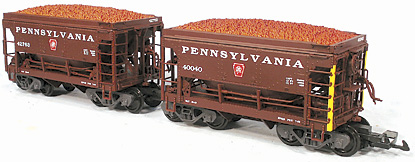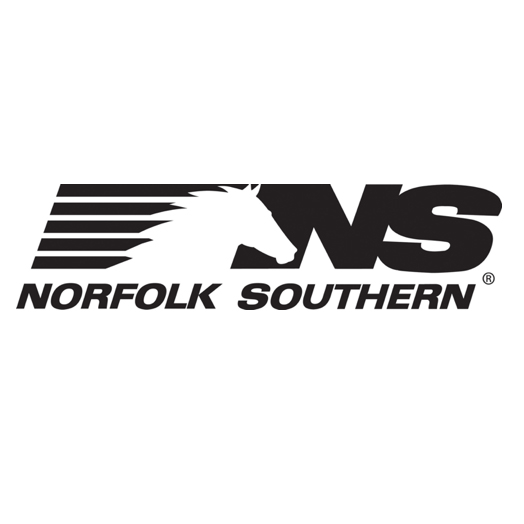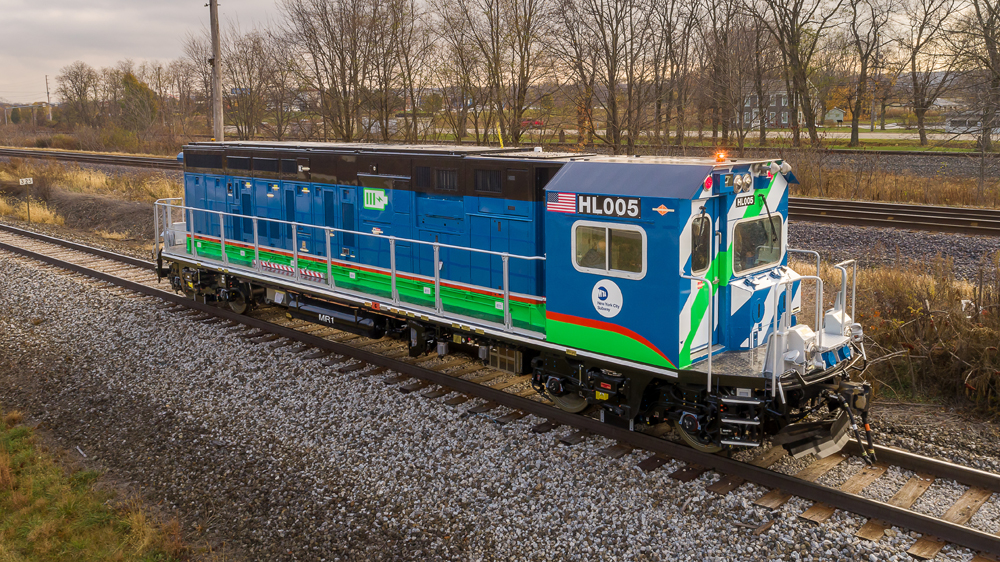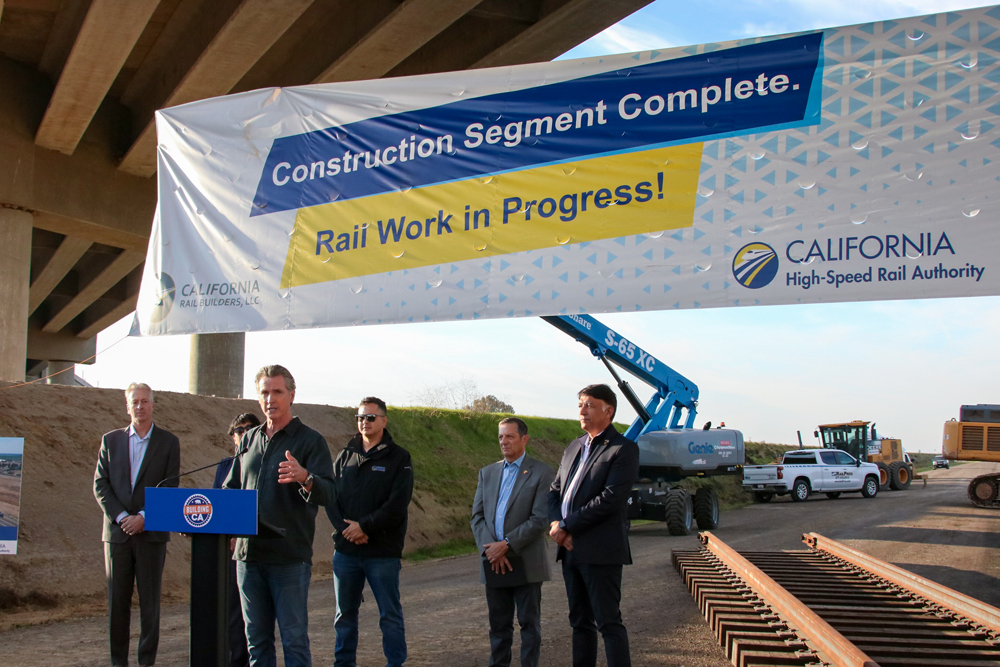Gauge 1, ore-car set
LGB of America
6444 Nancy Ridge Drive
San Diego CA 92121
Contact local dealer for price and availability
Web site: www.lgb.com
Four-car set of plastic models of Great Lakes ore jennys lettered for PRR (# 40040; #40045 identical, different road numbers); opening hopper hatches; removable load; removable side extensions; alternate close coupling provided; no scale specified (measures accurately to 1:29). Dimensions: length, 91/2″; width, 4 1/4″; height, 4 3/4″
Pros: Highly detailed model; crisp graphics;
operating hopper doors
Cons: Roller-bearing trucks too modern for the prototype; no instructions included with the models (some things need instructions with these cars)
LGB’s model is of one of the most common of these units, called the “Minnesota” car. While LGB doesn’t specify a scale, the model measures out almost exactly to 1:29 when compared to published drawings. It is loaded with detail, including brake rigging and hopper-door operating mechanisms. The hopper doors on the model actually operate via a neat, hidden mechanism. You push on one of the details and the doors open.
The simulated ore load is removable, though not without a fight. It’s better to push it out by inserting a screwdriver up through an open bottom door than to risk damage to the car by prying it out with a screwdriver from above. With the ore load out, you will discover that the side extensions are removable. On the prototype, these extensions were added in the late 1960s, as changes in mining technology decreased the density of the ore being loaded into the cars. By removing four screws, you can backdate your cars 20 years (you’ll have to modify the ore load to fit, though).
One other slick thing about this car is the replacement “coupler” that allows you to close couple the cars without having to body mount third-party couplers (though there appears to be a pad of sorts to assist with this as well). Remove the hook-and-loop coupler from the trucks, replace one end with this adapter, and couple the two cars together. This closes the gap between the cars by a significant 13/16″. A long string of close-coupled cars would look fantastic.
A problem with all these great features is that there is no literature included with the set to explain them. I stumbled onto the online instructions by surfing LGB’s web site. A note about how to remove the side extensions (and their history) would also be beneficial.
LGB’s modern roller-bearing trucks are wrong for the era in which these cars operated. They would have ridden on older, brass-bearing trucks, as evidenced by the “RPKD PGH 7-53” on the side of the car (meaning the bearings were repacked with new cotton waste in the Pittsburgh shops, July of 1953). The unpainted plastic of the trucks is also a visual drawback.
Graphics on the car are crisp and opaque and each car has a unique number. A
sister set has four additional car numbers, allowing you to have eight distinct numbers in your train. The corners of two cars are painted with yellow stripes, designating the end of the four-car miniquad. Historically, it would be more accurate for these cars to be lettered for Great Lakes-region railroads, as the PRR never operated this style of ore jenny.
Overall, I’m impressed with this car. LGB did their homework. It’s got lots of detail and, when coupled together in a set, looks great. A string of 12 or 16 of these behind a steam locomotive or early diesel would be a great sight on any railroad.














